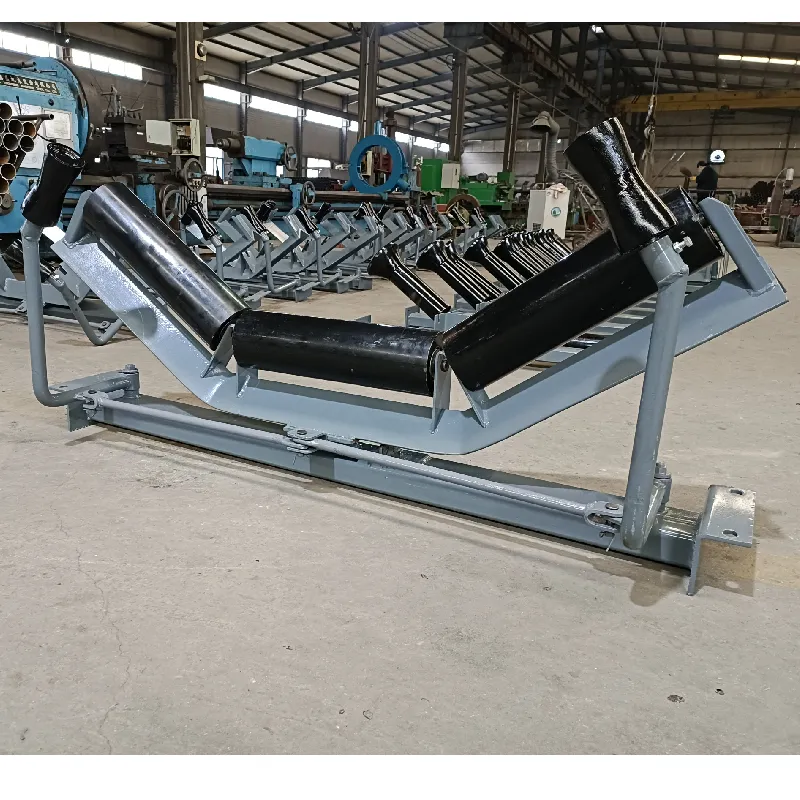 Afrikaans
Afrikaans  Albanian
Albanian  Amharic
Amharic  Arabic
Arabic  Armenian
Armenian  Azerbaijani
Azerbaijani  Basque
Basque  Belarusian
Belarusian  Bengali
Bengali  Bosnian
Bosnian  Bulgarian
Bulgarian  Catalan
Catalan  Cebuano
Cebuano  Corsican
Corsican  Croatian
Croatian  Czech
Czech  Danish
Danish  Dutch
Dutch  English
English  Esperanto
Esperanto  Estonian
Estonian  Finnish
Finnish  French
French  Frisian
Frisian  Galician
Galician  Georgian
Georgian  German
German  Greek
Greek  Gujarati
Gujarati  Haitian Creole
Haitian Creole  hausa
hausa  hawaiian
hawaiian  Hebrew
Hebrew  Hindi
Hindi  Miao
Miao  Hungarian
Hungarian  Icelandic
Icelandic  igbo
igbo  Indonesian
Indonesian  irish
irish  Italian
Italian  Japanese
Japanese  Javanese
Javanese  Kannada
Kannada  kazakh
kazakh  Khmer
Khmer  Rwandese
Rwandese  Korean
Korean  Kurdish
Kurdish  Kyrgyz
Kyrgyz  Lao
Lao  Latin
Latin  Latvian
Latvian  Lithuanian
Lithuanian  Luxembourgish
Luxembourgish  Macedonian
Macedonian  Malgashi
Malgashi  Malay
Malay  Malayalam
Malayalam  Maltese
Maltese  Maori
Maori  Marathi
Marathi  Mongolian
Mongolian  Myanmar
Myanmar  Nepali
Nepali  Norwegian
Norwegian  Norwegian
Norwegian  Occitan
Occitan  Pashto
Pashto  Persian
Persian  Polish
Polish  Portuguese
Portuguese  Punjabi
Punjabi  Romanian
Romanian  Russian
Russian  Samoan
Samoan  Scottish Gaelic
Scottish Gaelic  Serbian
Serbian  Sesotho
Sesotho  Shona
Shona  Sindhi
Sindhi  Sinhala
Sinhala  Slovak
Slovak  Slovenian
Slovenian  Somali
Somali  Spanish
Spanish  Sundanese
Sundanese  Swahili
Swahili  Swedish
Swedish  Tagalog
Tagalog  Tajik
Tajik  Tamil
Tamil  Tatar
Tatar  Telugu
Telugu  Thai
Thai  Turkish
Turkish  Turkmen
Turkmen  Ukrainian
Ukrainian  Urdu
Urdu  Uighur
Uighur  Uzbek
Uzbek  Vietnamese
Vietnamese  Welsh
Welsh  Bantu
Bantu  Yiddish
Yiddish  Yoruba
Yoruba  Zulu
Zulu Types and Applications of Pulley Lagging for Enhanced Performance in Machinery
Understanding Pulley Lagging Types A Comprehensive Overview
Pulley lagging is an essential component in the field of mechanical engineering, particularly in operations involving conveyor systems, cranes, and various industrial machinery. The purpose of pulley lagging is to enhance the grip between the pulley and the belt, thereby improving the overall efficiency and lifespan of the equipment. In this article, we will explore the various types of pulley lagging, their applications, benefits, and considerations for selecting the appropriate lagging material.
What is Pulley Lagging?
Pulley lagging refers to the material applied to the outer surface of a pulley drum. It is designed to provide a non-slip surface for the conveyor belt or other types of belts, ensuring effective power transmission and minimizing wear and tear on both the belt and the pulley. By improving friction, lagging helps reduce slippage and increases the overall operational efficiency of a system.
Types of Pulley Lagging
There are several types of pulley lagging available, each suited for different applications and environments. The most common types include
1. Rubber Lagging Rubber lagging is widely used due to its excellent grip and durability. It is resistant to wear and can withstand varying temperatures and environmental conditions. Rubber is also a cost-effective option, making it popular in many industrial settings. It is available in different hardness levels to accommodate different operational requirements.
2. Ceramic Lagging For high-wear applications, ceramic lagging is an excellent choice. This type of lagging features ceramic tiles bonded to a rubber backing. It provides superior resistance to wear and can significantly extend the life of both the pulley and the belt. Ceramic lagging is commonly used in mining, aggregate handling, and other heavy-duty applications where material abrasion is a significant concern.
3. Polyurethane Lagging Polyurethane lagging offers a balance between flexibility and durability. It is known for its impact resistance and ability to maintain performance in wet or oily conditions. Polyurethane is often chosen for applications where rubber may deteriorate quickly, such as in food processing or chemical handling operations.
4. Plastic Lagging Plastic lagging, often made from materials such as PVC or polyethylene, is lightweight and resistant to corrosion. It is ideal for applications involving chemical exposure or where a non-stick surface is necessary. While not as high-performing as rubber or ceramic options in terms of grip, plastic lagging has its niche applications.
pulley lagging types

5. Steel Lagging Steel lagging is less common but utilized in extremely high-temperature environments or where maximum durability is required. It is often used in specialized applications and typically requires additional structural support due to its weight.
Benefits of Pulley Lagging
The advantages of utilizing pulley lagging are manifold
- Increased Friction Enhanced grip between the pulley and the conveyor belt reduces slippage, leading to better energy efficiency and performance. - Extended Equipment Life By reducing wear on both the pulley and belt, lagging helps extend the lifespan of these components, resulting in cost savings over time. - Improved Safety Increased friction reduces the likelihood of belt slippage, minimizing the risk of accidents or equipment failure, which can lead to downtime. - Adaptability With different materials available, pulley lagging can be tailored to specific operational conditions and environments, improving overall efficiency.
Considerations for Selecting Pulley Lagging
When selecting the appropriate type of pulley lagging, several factors should be considered
- Environment Assess the conditions where the pulley will operate, including exposure to chemicals, temperature variations, and potential contaminants. - Material Transition Consider the materials being conveyed and their potential impact on lagging, such as abrasiveness. - Belt Type Ensure compatibility between the lagging material and the type of belt used in your system.
- Cost vs. Benefit Evaluate the initial investment against the long-term benefits in terms of maintenance and equipment lifespan.
Conclusion
Pulley lagging plays a crucial role in optimizing the performance of various mechanical systems across industries. Understanding the different types of lagging available allows operators to make informed decisions that enhance efficiency, safety, and cost-effectiveness. By choosing the appropriate lagging material, businesses can ensure that their equipment operates at peak performance, thereby maximizing productivity and reducing downtime.
-
Trusted Conveyor Solutions from Leading Conveyor Idler Roller ManufacturersNewsJun.27,2025
-
Reliable Return Idler Solutions for Efficient Belt Conveyor SystemsNewsJun.27,2025
-
Precision Conveyor Accessories for Streamlined Material HandlingNewsJun.27,2025
-
High-Quality Belt Conveyor Idler Solutions for Efficient Material HandlingNewsJun.27,2025
-
High-Performance Belt Conveyor Pulleys for Reliable Material HandlingNewsJun.27,2025
-
Enhancing Material Handling EfficiencyNewsJun.27,2025





























